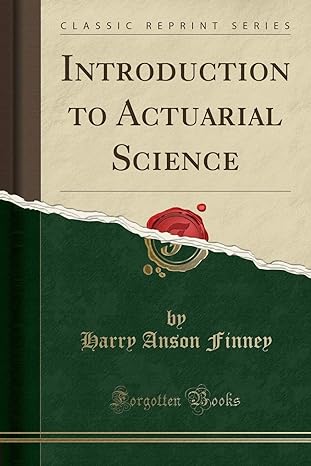Question
The comparative balance sheet of Hirayama Industries Inc. for December 31, 20Y2 and 20Y1, is as follows: Dec. 31, 20Y2 Dec. 31, 20Y1 Assets Cash
The comparative balance sheet of Hirayama Industries Inc. for December 31, 20Y2 and 20Y1, is as follows: Dec. 31, 20Y2 Dec. 31, 20Y1 Assets Cash $96 $32 Accounts receivable (net) 54 40 Inventories 34 22 Land 78 89 Equipment 44 35 Accumulated depreciation-equipment (12) (6) Total Assets $294 $212 Liabilities and Stockholders' Equity Accounts payable (merchandise creditors) $37 $32 Dividends payable 6 - Common stock, $1 par 19 10 Excess of paid-in capital over par 43 25 Retained earnings 189 145 Total liabilities and stockholders' equity $294 $212
The following additional information is taken from the records:
- Land was sold for $28.
- Equipment was acquired for cash.
- There were no disposals of equipment during the year.
- The common stock was issued for cash.
- There was a $63 credit to Retained Earnings for net income.
- There was a $19 debit to Retained Earnings for cash dividends declared.
Question Content Area
a. Prepare a statement of cash flows, using the indirect method of presenting Cash flows from (used for) operating activities. Use the minus sign to indicate cash out flows, cash payments, decreases in cash, or any negative adjustments.
| Cash flows from (used for) operating activities: | ||
| Cash received from sale of common stockDecrease in accounts receivableIncrease in inventoriesNet incomeNet lossNet income | $Net income | |
| Adjustments to reconcile net income to net cash flows from (used for) operating activities: | ||
| Decrease in accounts receivableDepreciationGain on sale of landIncrease in accounts receivableLoss on sale of landDepreciation | Depreciation | |
| Cash dividendsDecrease in inventoriesGain on sale of landIncrease in accounts payableLoss on sale of landGain on sale of land | Gain on sale of land | |
| Changes in current operating assets and liabilities: | ||
| Decrease in accounts receivableDecrease in inventoriesDepreciationIncrease in accounts receivableNet incomeIncrease in accounts receivable | Increase in accounts receivable | |
| Decrease in accounts payableDecrease in accounts receivableDecrease in inventoriesIncrease in inventoriesNet incomeIncrease in inventories | Increase in inventories | |
| Cash paid for dividendsDecrease in accounts payableDepreciationIncrease in accounts payableNet incomeIncrease in accounts payable | Increase in accounts payable | |
| Net cash flow from operating activities | $fill in the blank 1c5ce7f80026fef_13 | |
| Cash flows from (used for) investing activities: | ||
| Cash paid for dividendsCash received from sale of landDepreciationGain on sale of landIncrease in accounts receivableCash received from sale of land | $Cash received from sale of land | |
| Cash paid for purchase of equipmentDecrease in accounts receivableDepreciationIncrease in accounts payableIncrease in inventoriesCash paid for purchase of equipment | Cash paid for purchase of equipment | |
| Net cash flow from investing activities | fill in the blank 1c5ce7f80026fef_18 | |
| Cash flows from (used for) financing activities: | ||
| Cash received from issuing common stockCash received from sale of landDecrease in accounts payableDepreciationNet incomeCash received from issuing common stock | $Cash received from issuing common stock | |
| Cash dividendsCash received from sale of landDecrease in inventoriesGain on sale of landIncrease in accounts receivableCash dividends | Cash dividends | |
| Net cash flows from financing activities | fill in the blank 1c5ce7f80026fef_23 | |
| DepreciationNet decrease in cashNet incomeNet increase in cashNet lossNet increase in cash | $Net increase in cash | |
| Cash balance, January 1, 20Y2 | fill in the blank 1c5ce7f80026fef_26 | |
| Cash balance, December 31, 20Y2 |
Step by Step Solution
There are 3 Steps involved in it
Step: 1

Get Instant Access to Expert-Tailored Solutions
See step-by-step solutions with expert insights and AI powered tools for academic success
Step: 2

Step: 3

Ace Your Homework with AI
Get the answers you need in no time with our AI-driven, step-by-step assistance
Get Started


